Surprising Sustainability: Mail starts life as a regenerative crop
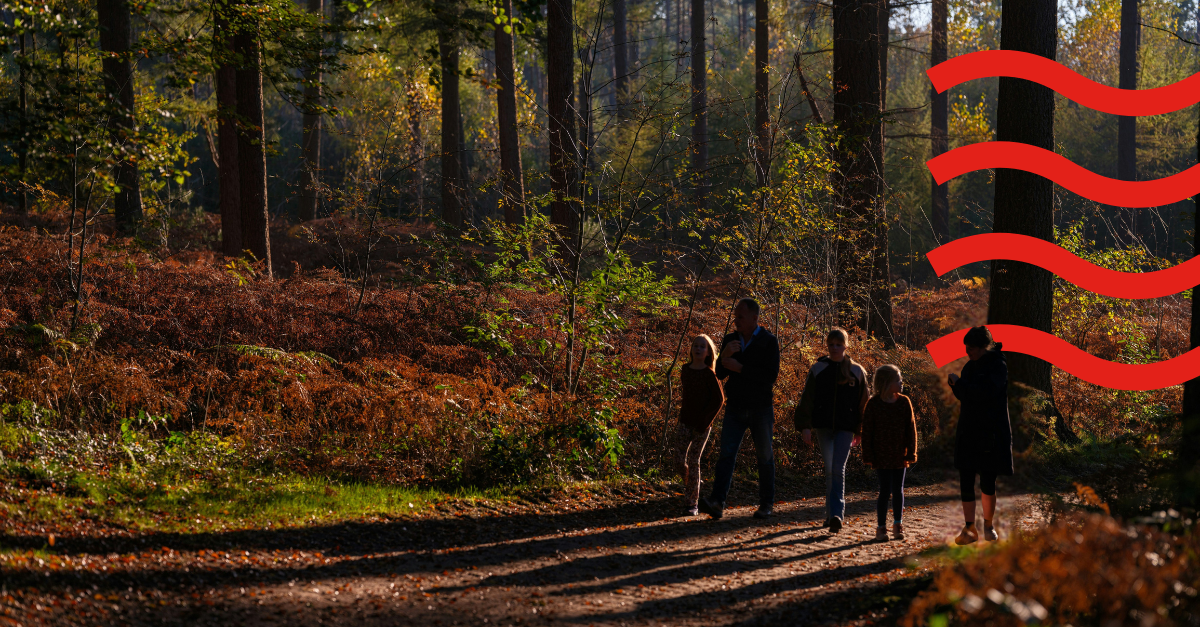
So much of our world is unsustainable but we forget that commodities that form the backbone of our society can be regenerative. Paper is a shining example in which sustainable practices become mainstream. FSC paper1 is commonplace, and this means that woodland can be regenerated, the water table secured, and green jobs created.
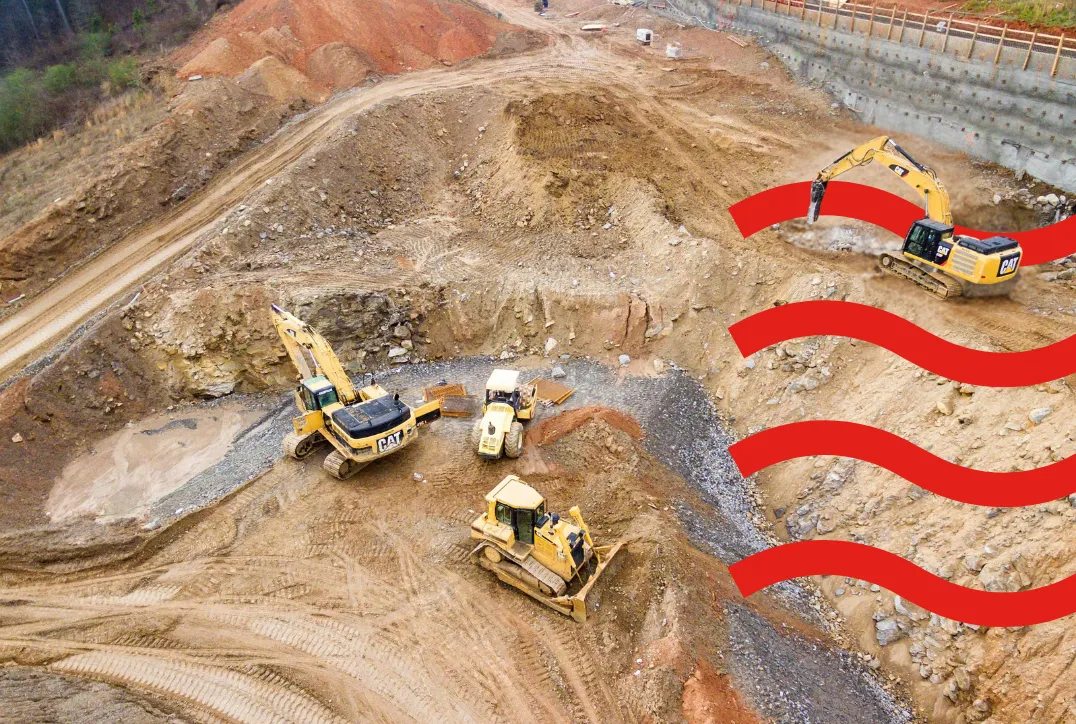
Lack of sustainable regeneration erodes natural capital
Unfortunately, most of the commodities we rely on, to power our world, aren’t regenerative and erode our ‘natural capital’.2
Natural capital is a fundamental asset on which all economies are based. It is the value of our world’s natural resources.3
And so, the next generation will be bereft of these natural resources4 if they are not regenerated. Further, if we do not incentivise industries to clean up the damage from resource extraction we will have hampered the ability for humans to thrive into the future.5
We have a choice.
We can degrade nature and continue to extract value in a linear fashion, leading to less and less, in quantity and quality, of natural assets.
Or we can shift quite radically towards a circular economic model.6
The circular economy is a model of production and consumption, which involves sharing, leasing, regenerating, reusing, repairing, refurbishing and recycling existing materials and products as long as possible. In this way, the life cycle of products is extended.
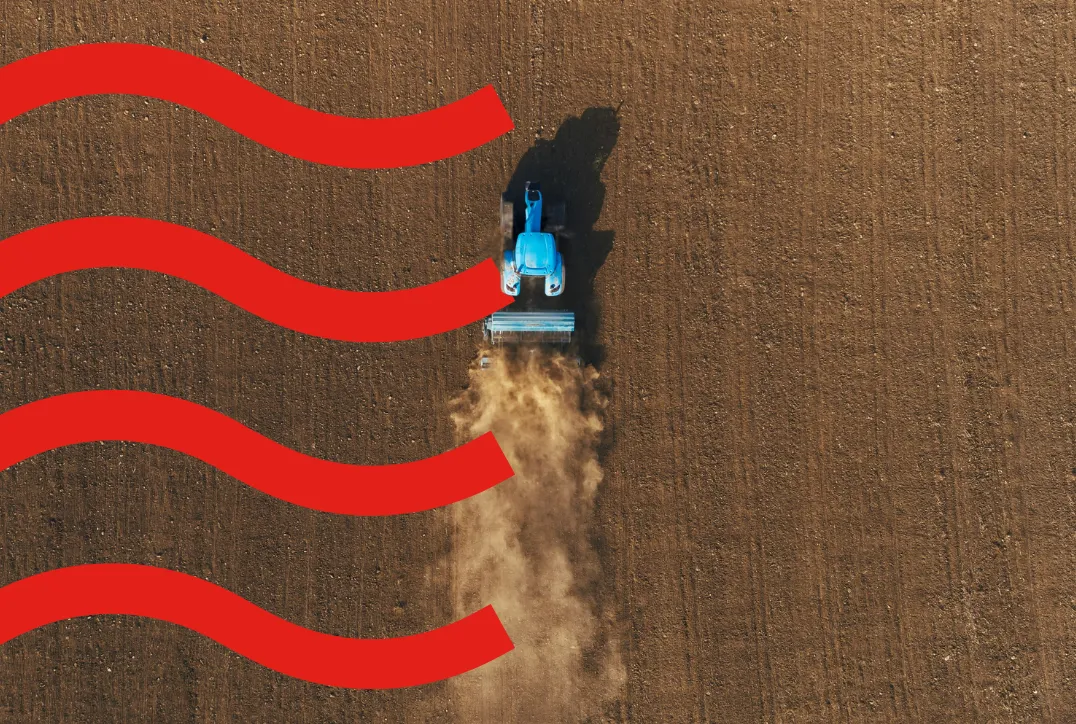
Is sustainable regeneration tough?
Some regenerative models are hard in practice.
Farming that allows nature to rebuild soils and increase biodiversity, returning biological materials to the earth, is particularly tough7.
Some regenerative models can create higher carbon footprints8.
Further, there are questions over whether regenerative farming9 can meet the growing food demand10 globally.
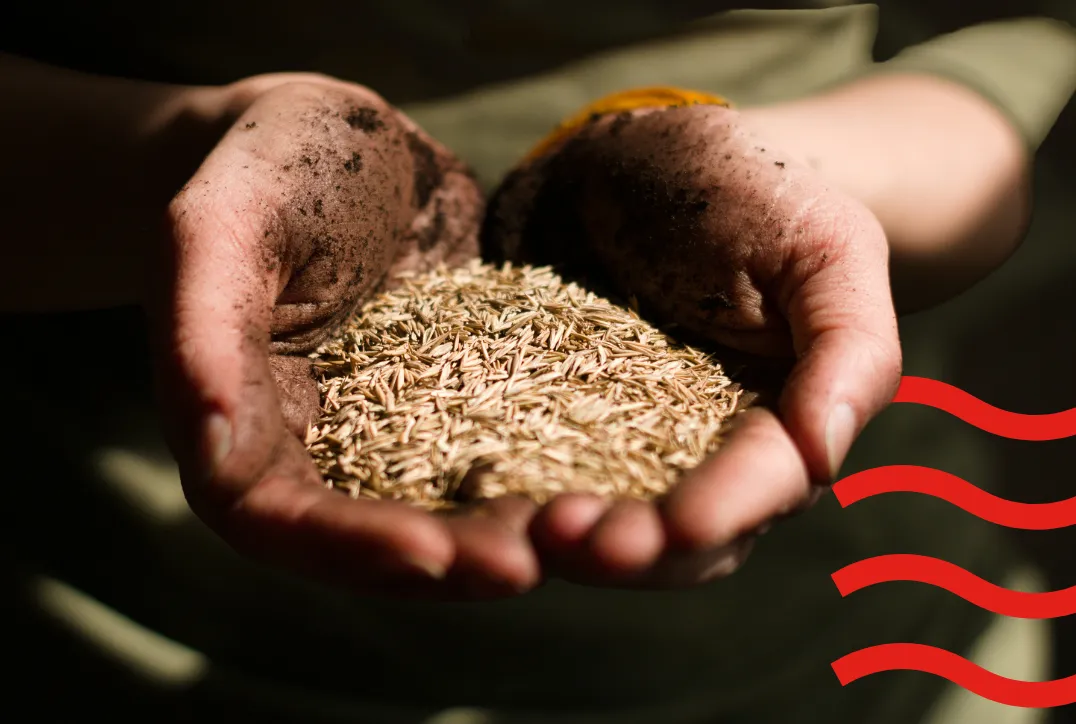
But natural systems have regenerated themselves for billions of years11. When an animal dies, or a leaf falls from a tree it feeds the forest.
It is the human extractivist system that has broken nature’s ability to recover and created waste that cannot be regenerated.12
This can change. Not only can simple regenerative systems be scaled up, but linear systems can be phased out through regulation and innovation.
Sustainable Mail and Regeneration
One such regenerative system that is both scalable and proven can be found in commercial woodland. And creating a demand for sustainable paper can feed a regenerative wood-based economy.13
Creating economic output from forests provides decent protection from other industrial economic demand. It can also make the case for expanding forested land and forest diversity in areas stuck in unsustainable linear models of economic activity.14
Not only does a regenerative wood-based economy potentially enhance forest growth but improve biodiversity and nature’s capital.
Of course, it matters which trees you grow and the demands one makes on the land and water throughout the process.15
An invasive species that increases an area's water scarcity for example absolutely needs to be avoided. Furthermore, the growth of a forest for timber needs to consider the local community, and the overall positive effectiveness/impact.16
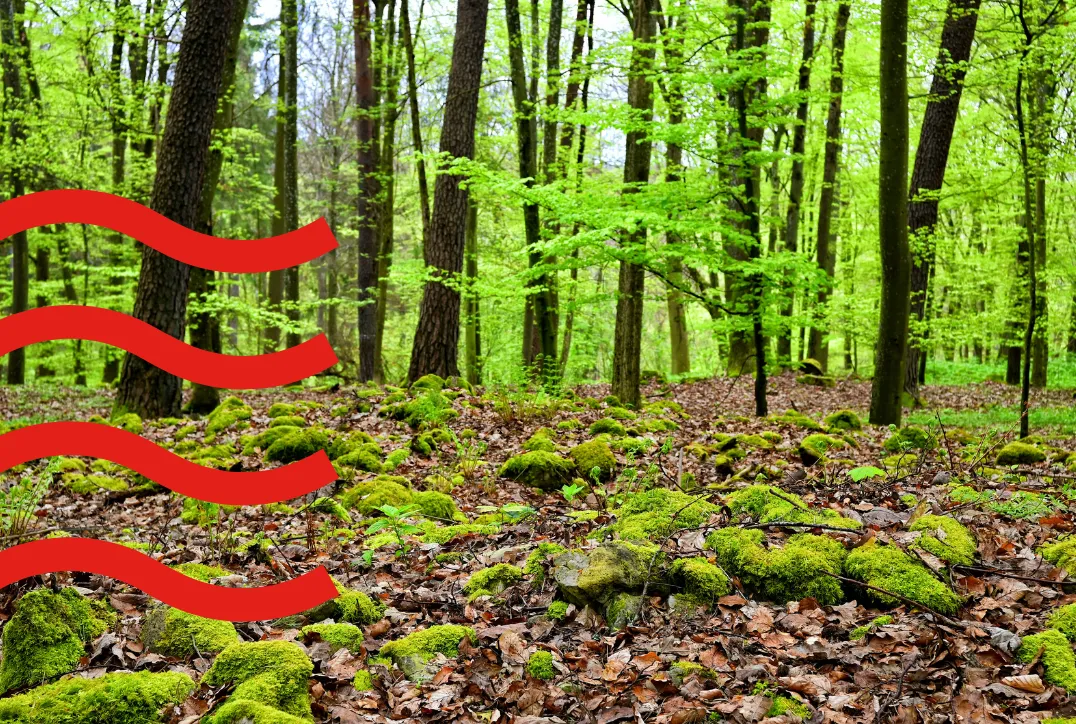
To learn more about mail and regeneration click here
In 2022, the EU had an estimated 160 million hectares of forests17 (excluding other wooded land). In relative terms, this means that forests cover 39% of the EU's land area. This represents an increase of about 8.3 million hectares or 5.5% since 2000
Final word
Too easily many forget that paper, quite simply, comes from a regenerative crop, with long standing sustainability standards. Thankfully, labels like FSC are well established and provide a level of security that the paper that holds these logos is sustainable.
Many industries are behind paper in creating a regenerative model. If we don’t find ways to protect and regenerate the natural assets on which our economies are built, we will not have the foundations to thrive into the future.
Marketreach has resources available for brands to better understand how mail can be an effective and sustainable choice within their marketing mix, and to help them produce more sustainable direct mail campaigns.
The print sustainability body ‘Print Green’ ‘Print Green18’ also has a whole host of guidance, tools and education to help brands and agencies design campaigns with circularity in mind.
- https://uk.fsc.org/what-is-fsc/fsc-certified-forests
- https://nbn.org.uk/wp-content/uploads/2024/11/NERR137-Edition-1-State-of-Natural-Capital-Report-for-England-2024-Risks-to-nature-and-why-it-matters.pdf
- https://naturalcapitalforum.com/about/
- https://yalebooks.co.uk/book/9780300219371/natural-capital/
- https://systemschangelab.org/circular-economy/minimize-environmental-and-social-harms-resource-extraction
- https://www.europarl.europa.eu/topics/en/article/20151201STO05603/circular-economy-definition-importance-and-benefits#:~:text=What%20is%20the%20circular%20economy,products%20as%20long%20as%20possible.
- https://www.developmentaid.org/news-stream/post/183168/challenges-and-opportunities-of-regenerative-agriculture
- https://theproof.com/regenerative-beef-legit-or-climate-scam-george-monbiot/
- https://sentientmedia.org/regenerative-agriculture/
- https://www.weforum.org/stories/2024/09/food-security-collective-effort/
- https://www.ellenmacarthurfoundation.org/regenerate-nature#:~:text=If%20we%20move%20to%20a,natural%20systems%20have%20regenerated%20themselves.
- https://www.sciencedirect.com/science/article/pii/S0016328723000848
- https://www.soilassociation.org/media/21925/forestry-packaging-report.pdf
- https://8point9.com/regenerative-forestry-offers-chance-to-restore-nature-and-deliver-net-zero/
- https://fsc.org/en/how-the-fsc-system-works
- https://fsc.org/en/system-integrity
- https://ec.europa.eu/eurostat/statistics-explained/index.php?title=Forests,_forestry_and_logging
- https://printgreen.org/





